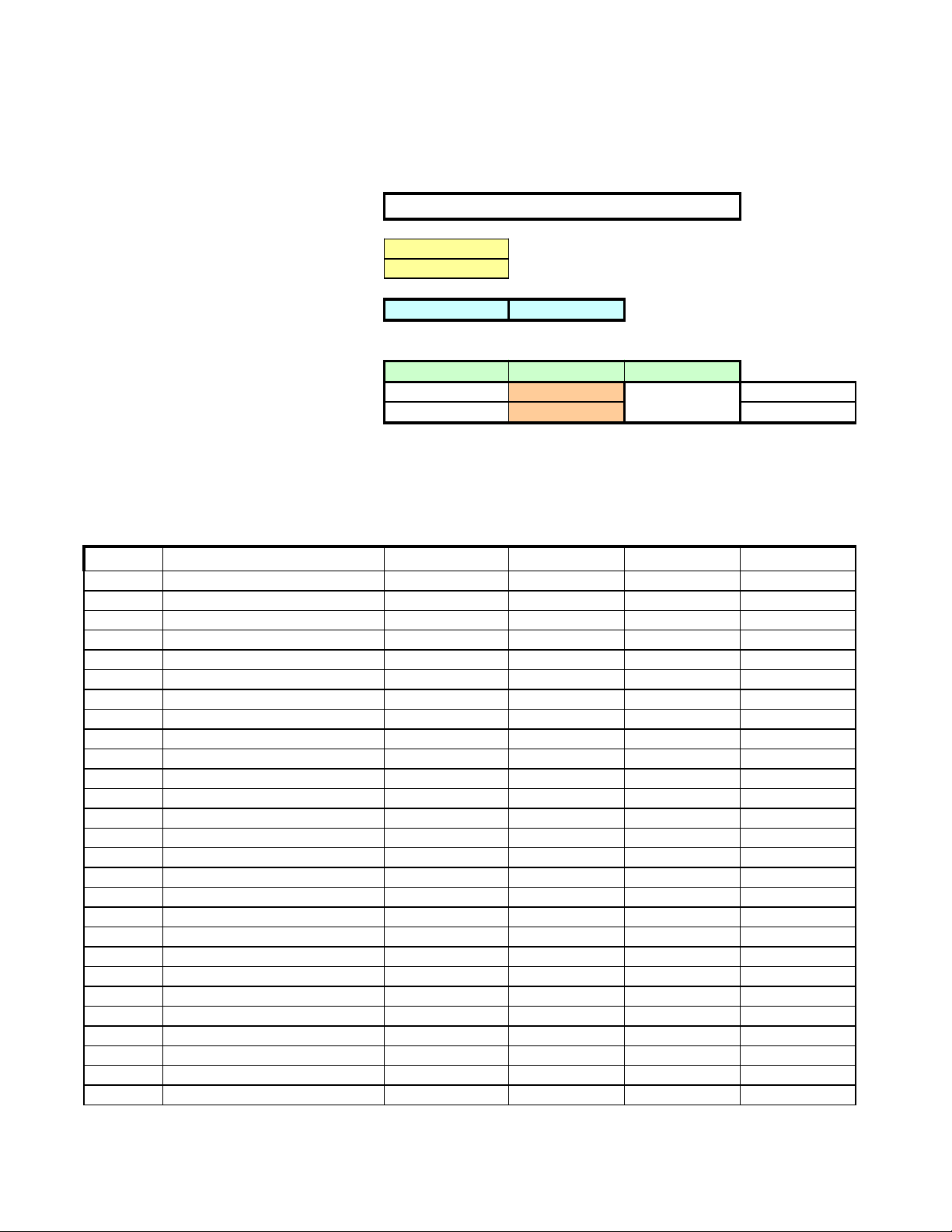

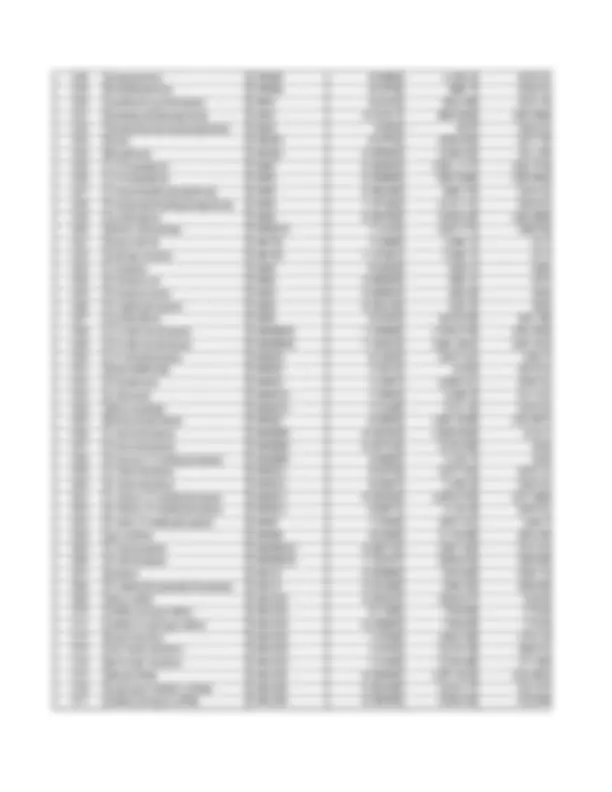
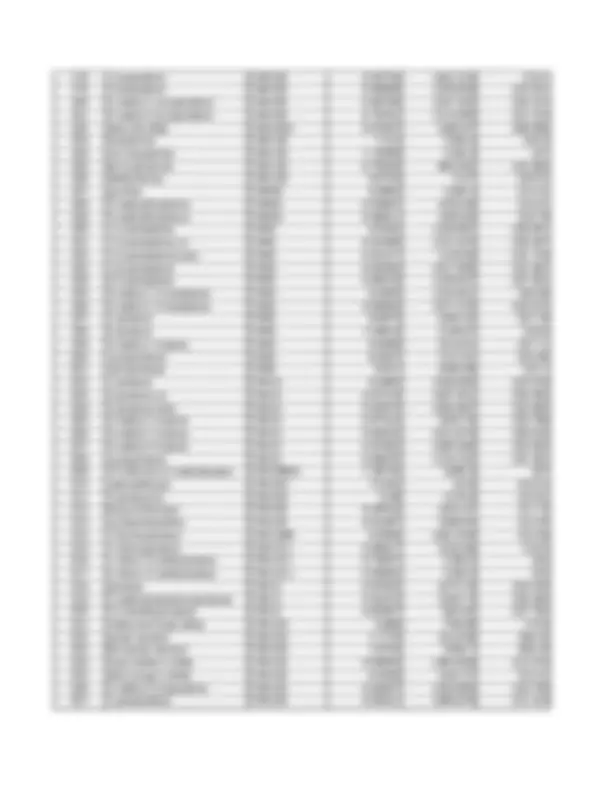
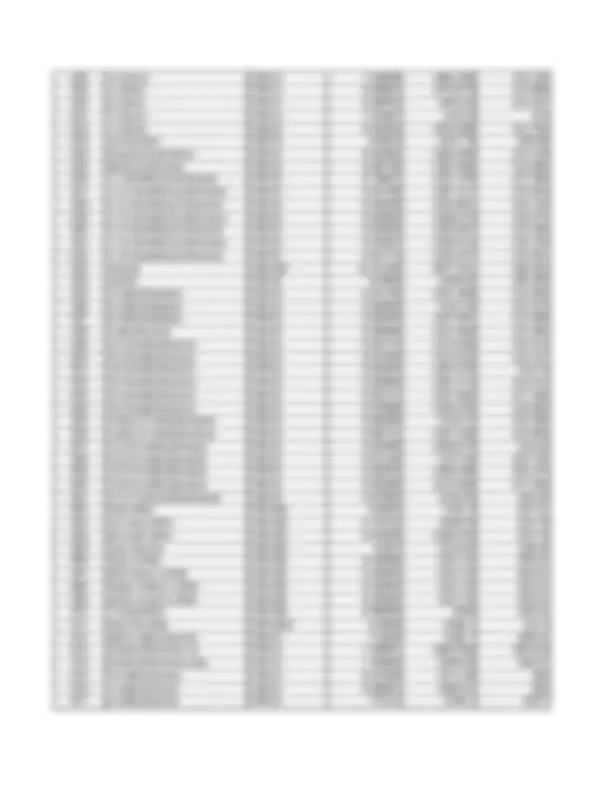
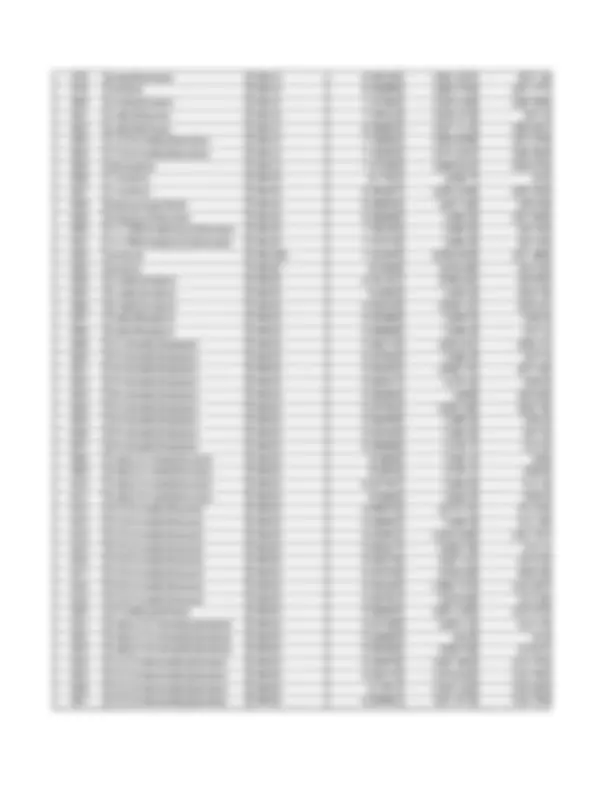
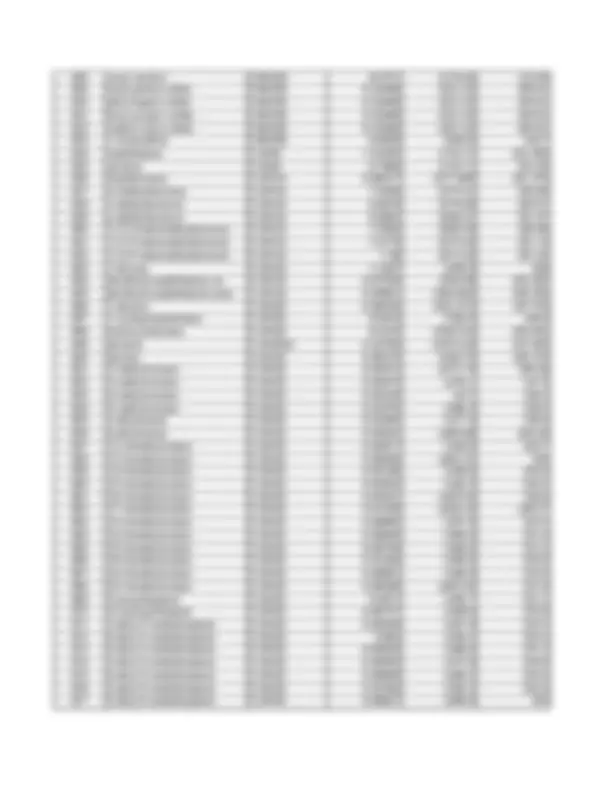
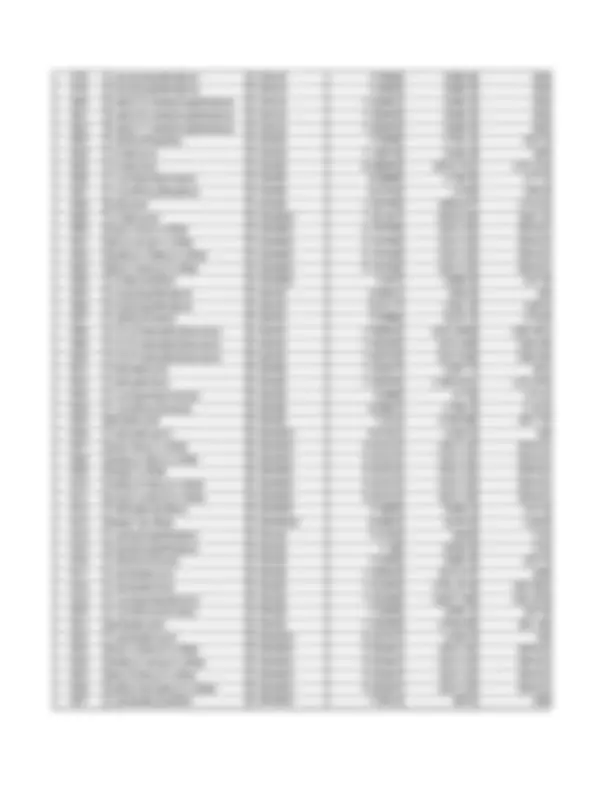
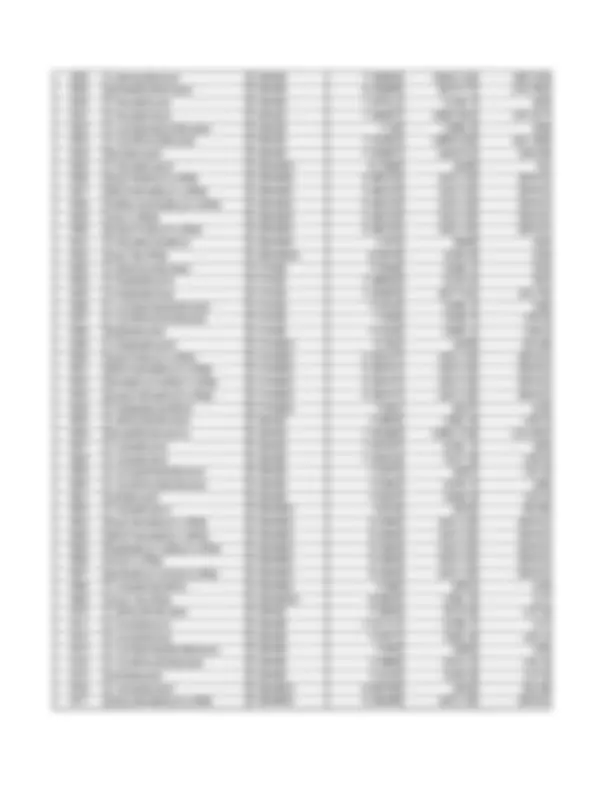




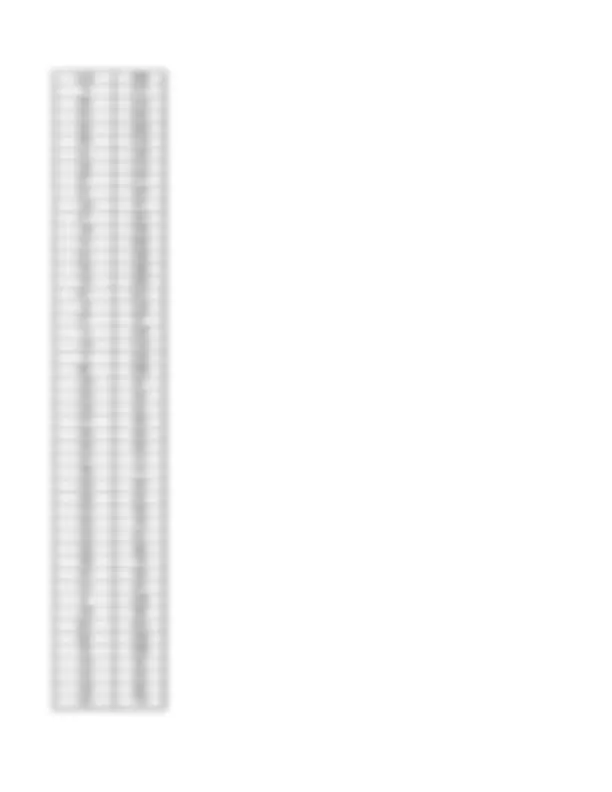
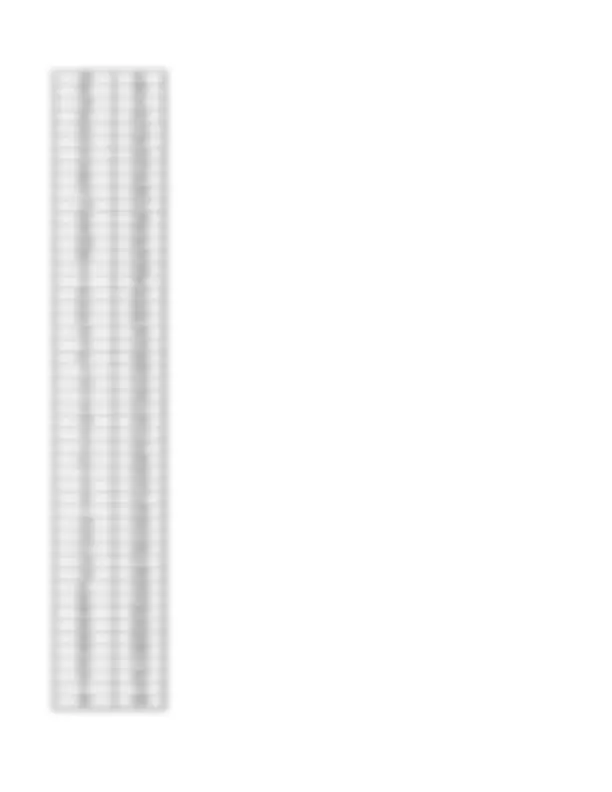
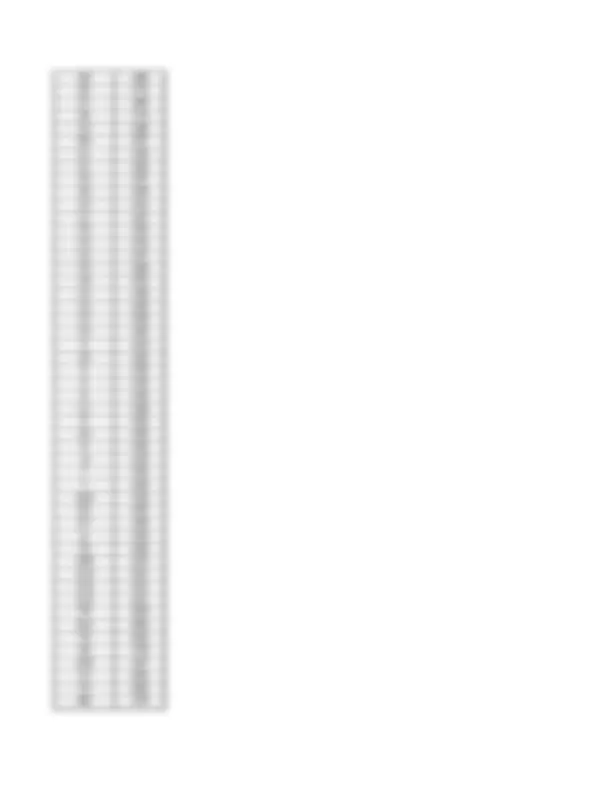
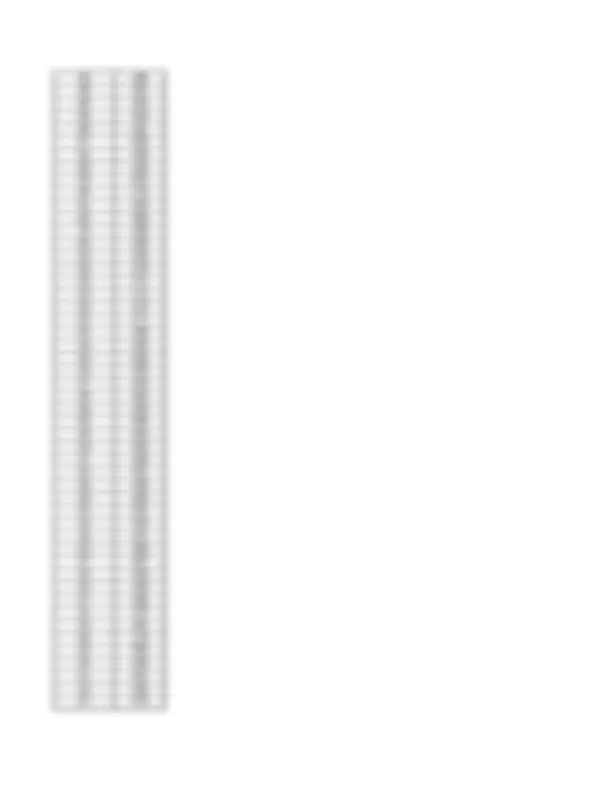
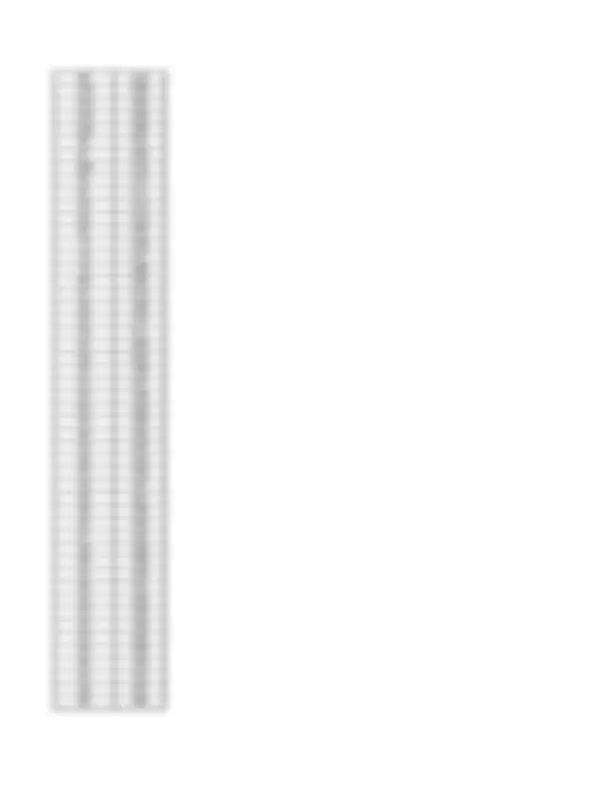
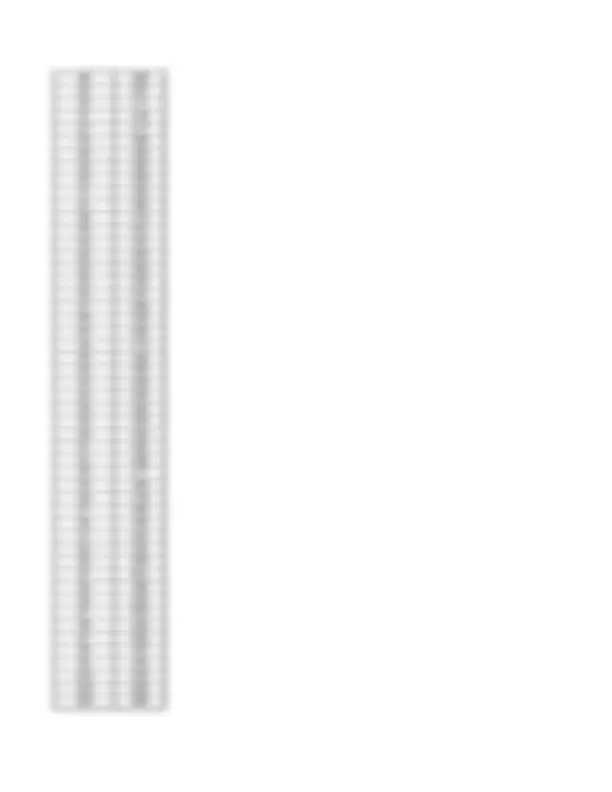
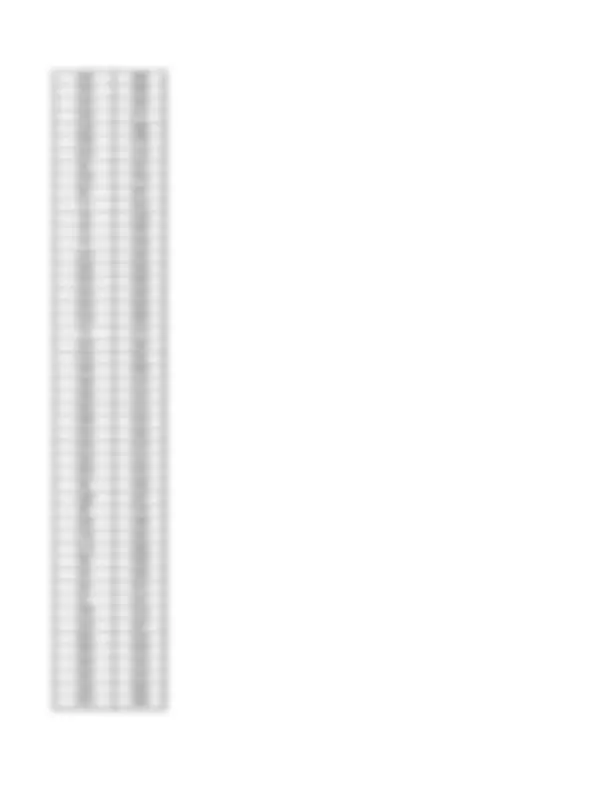
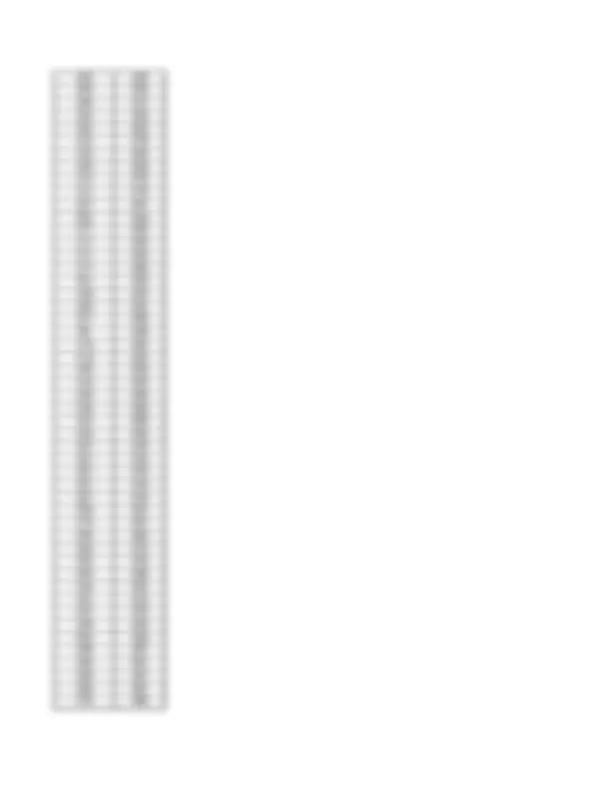
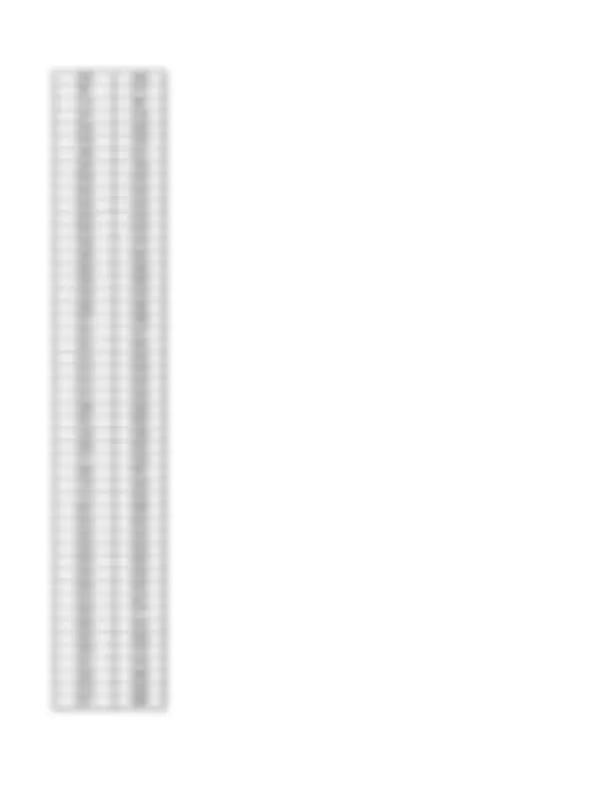

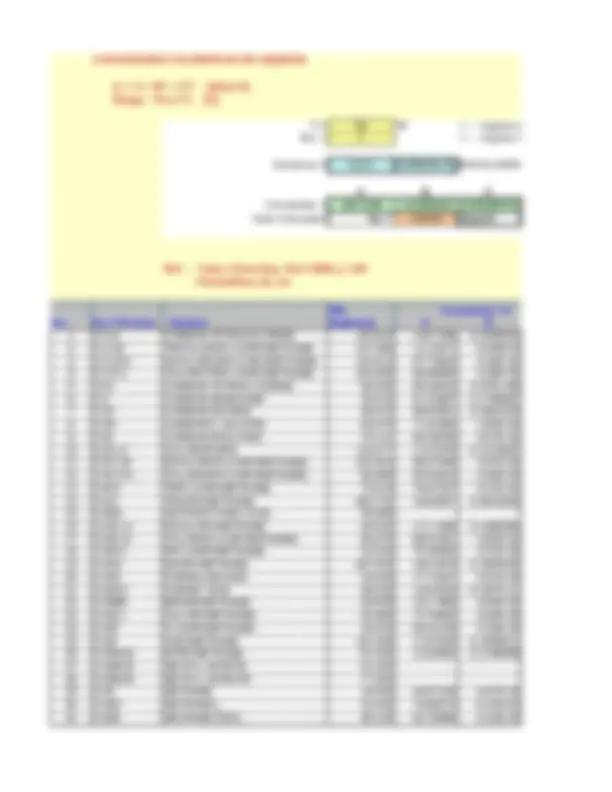
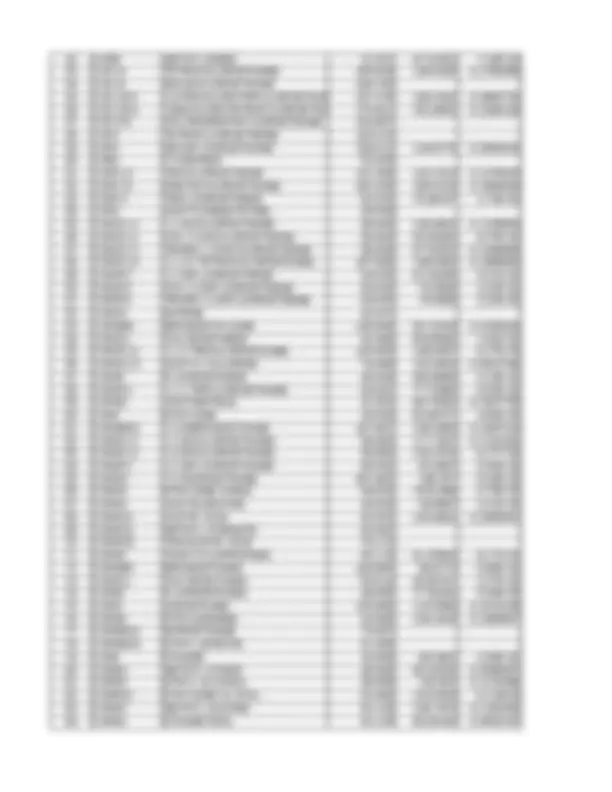

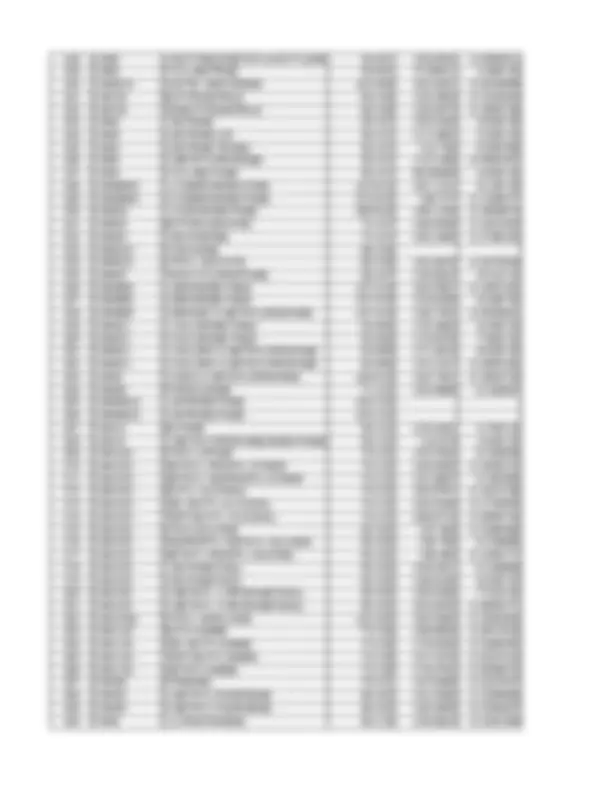
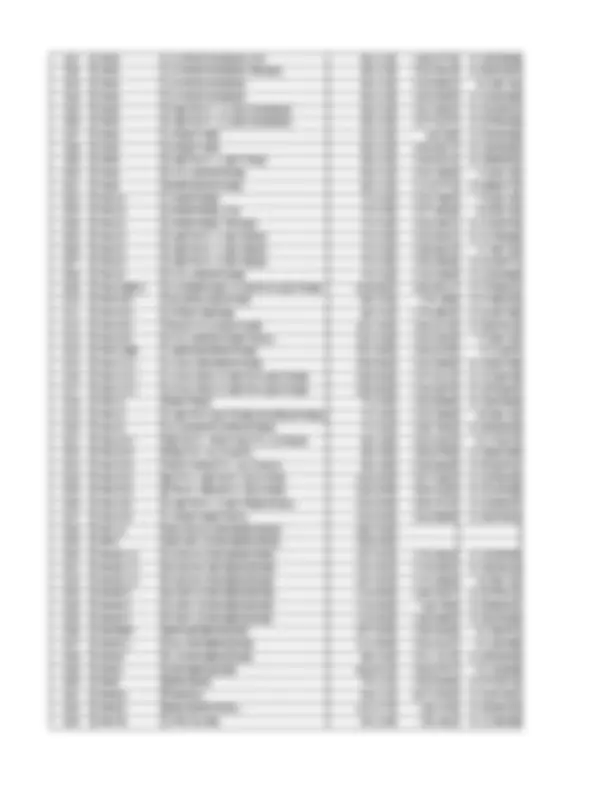
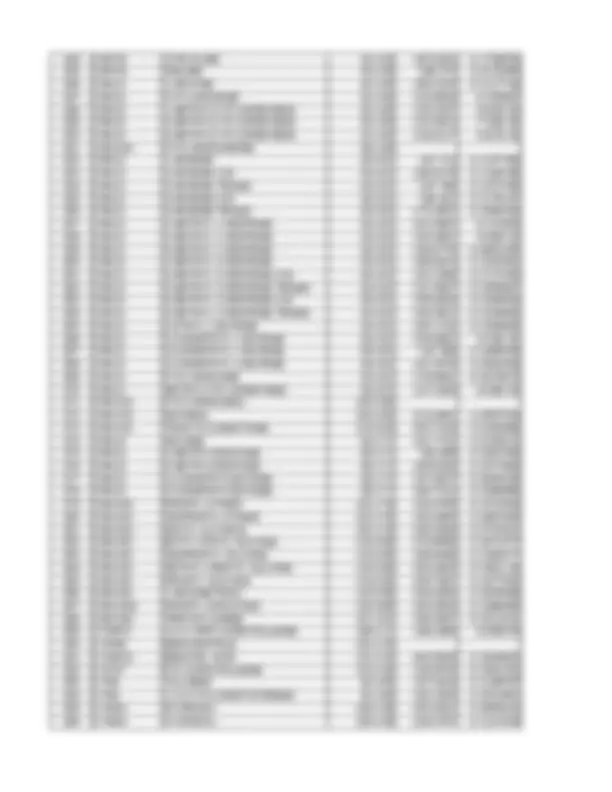
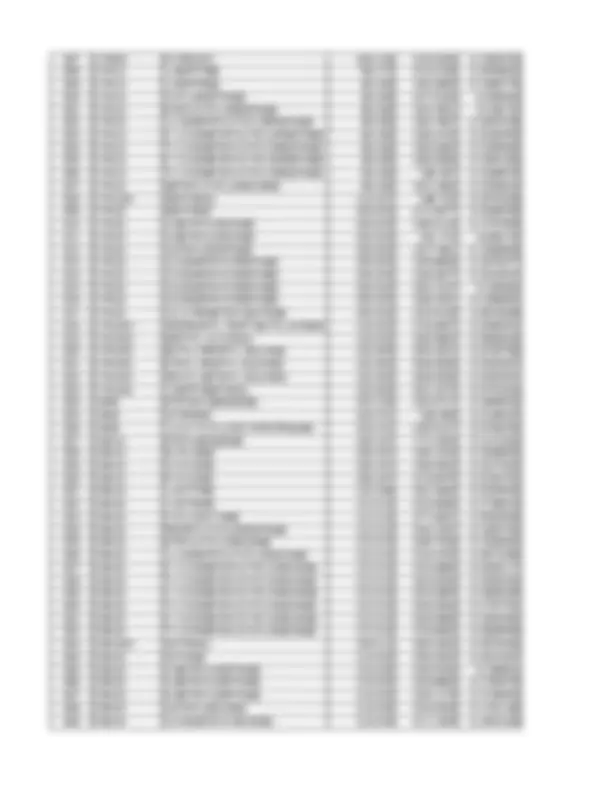
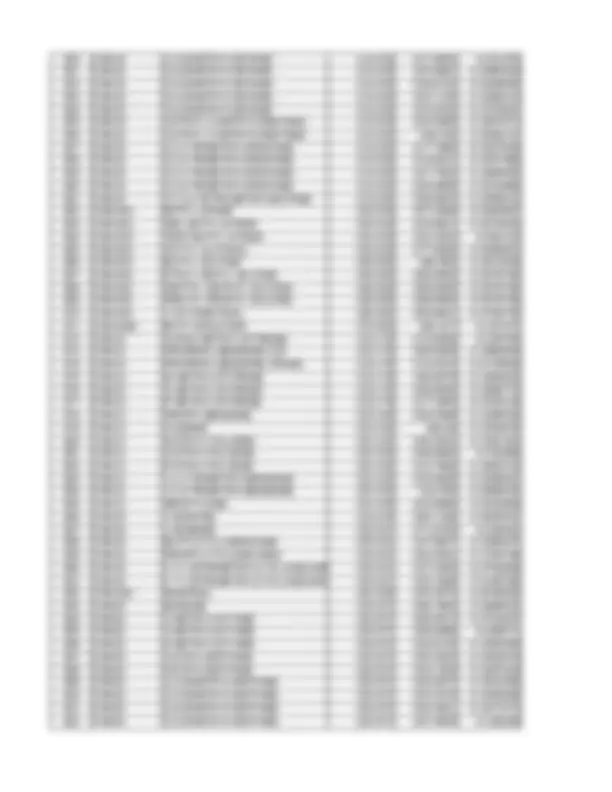
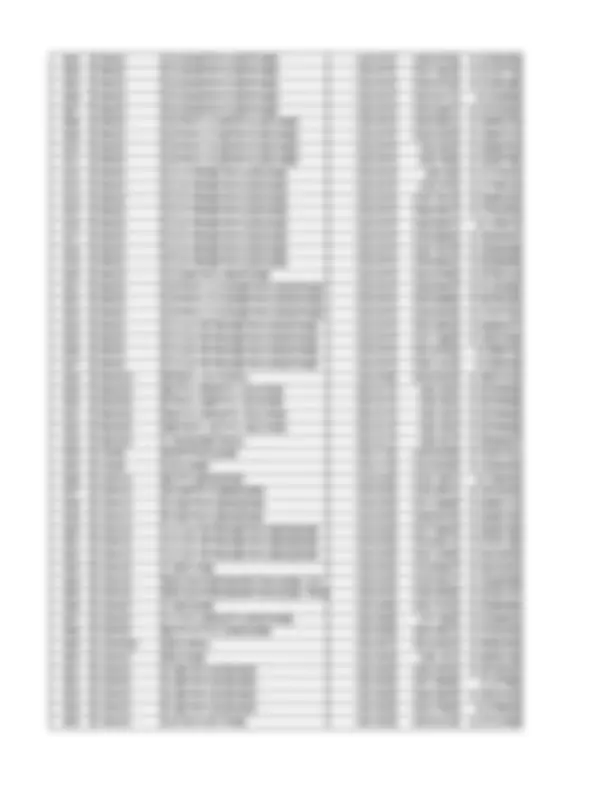
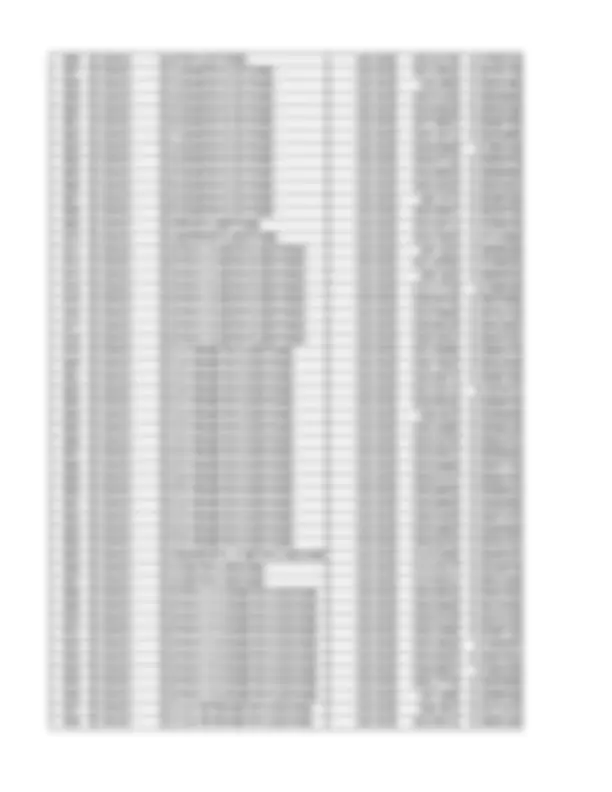
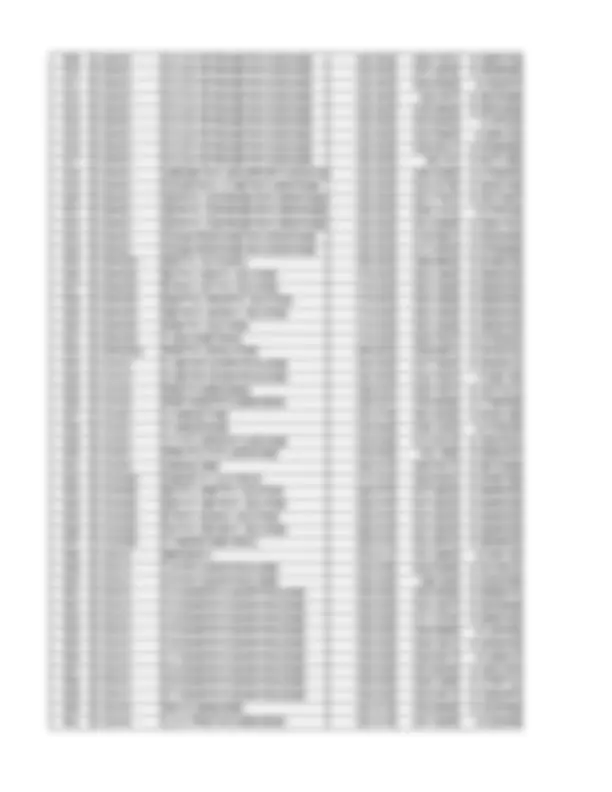
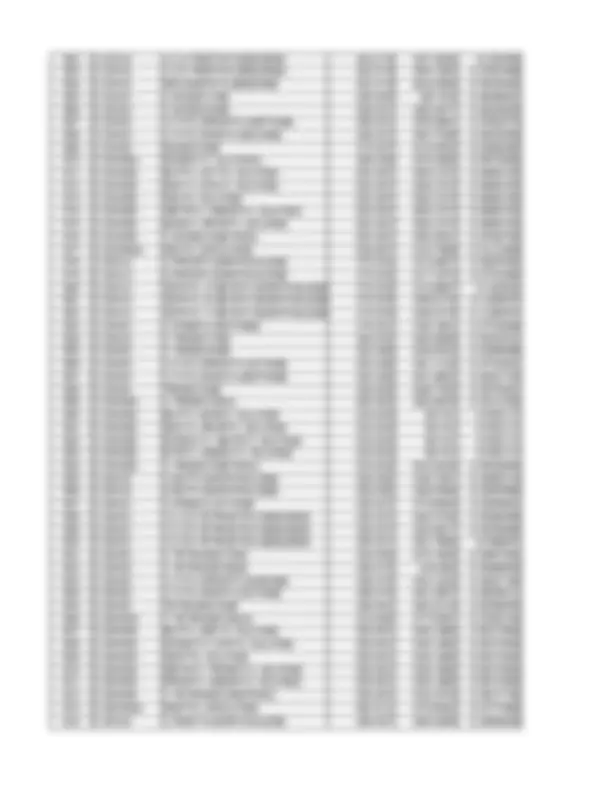
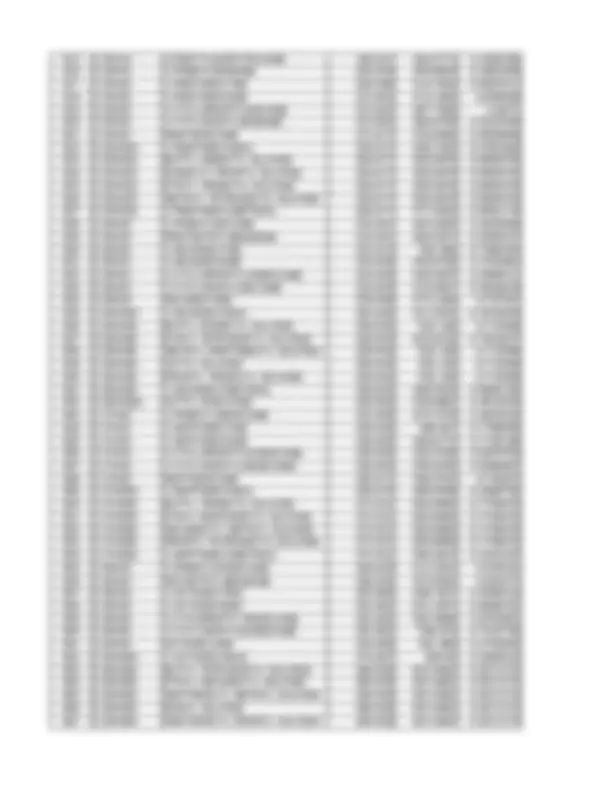
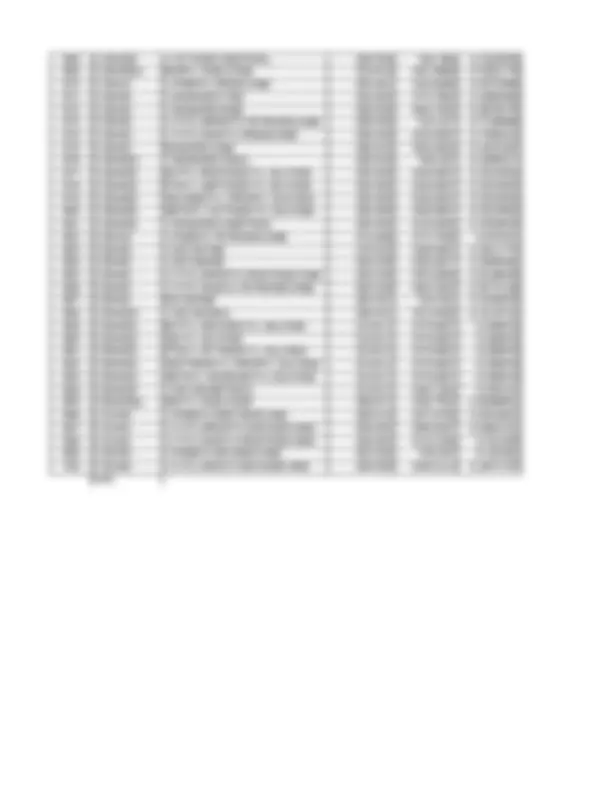
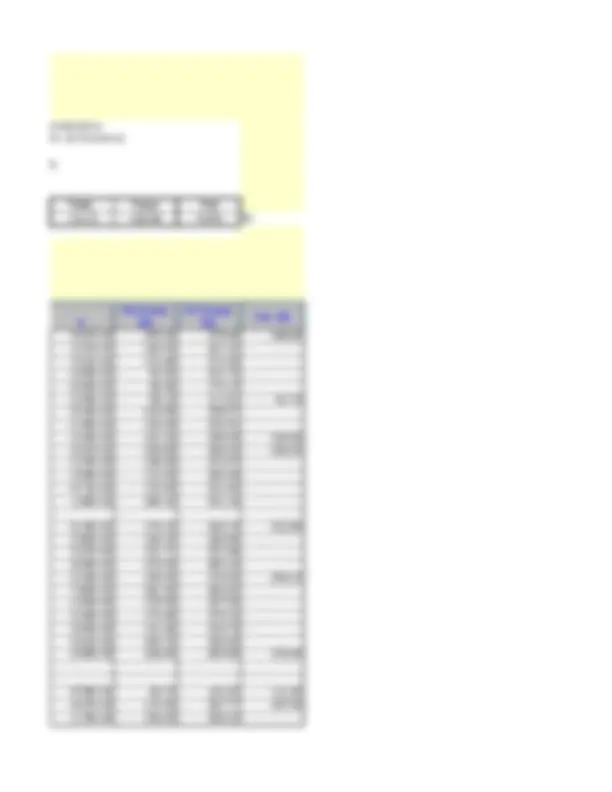
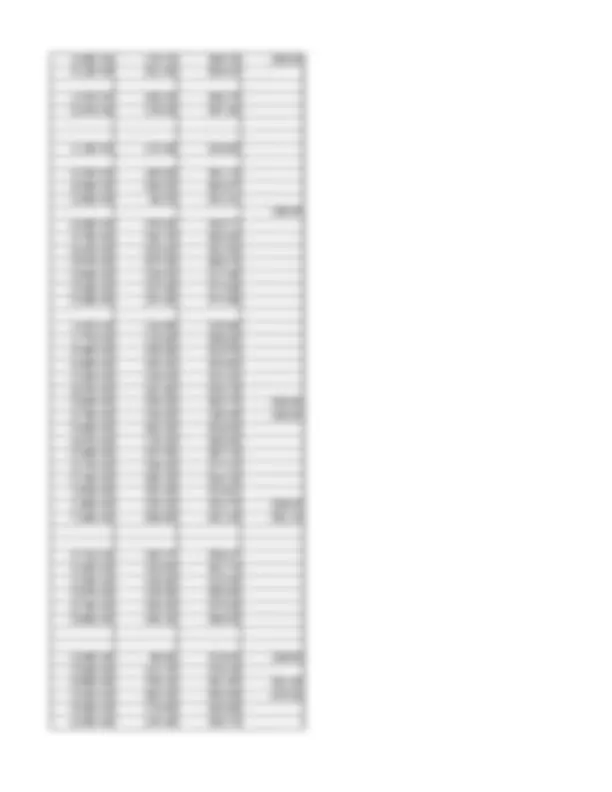
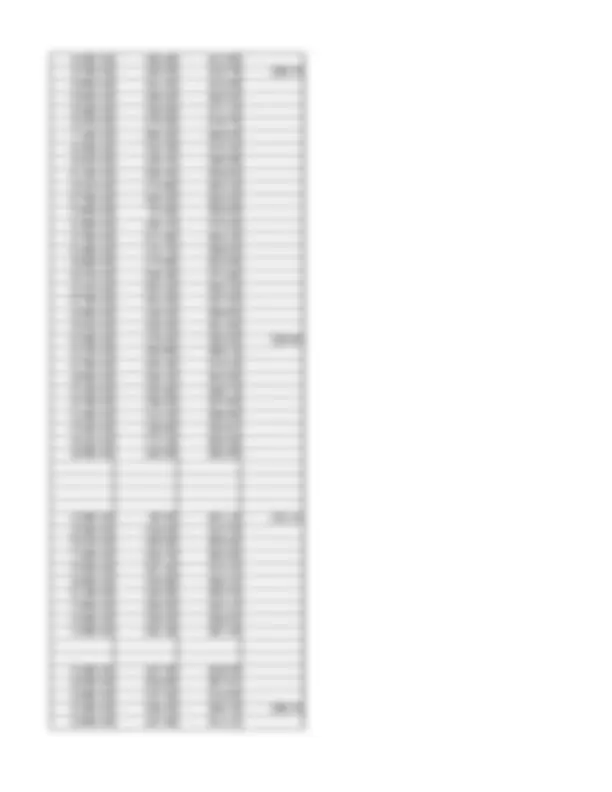
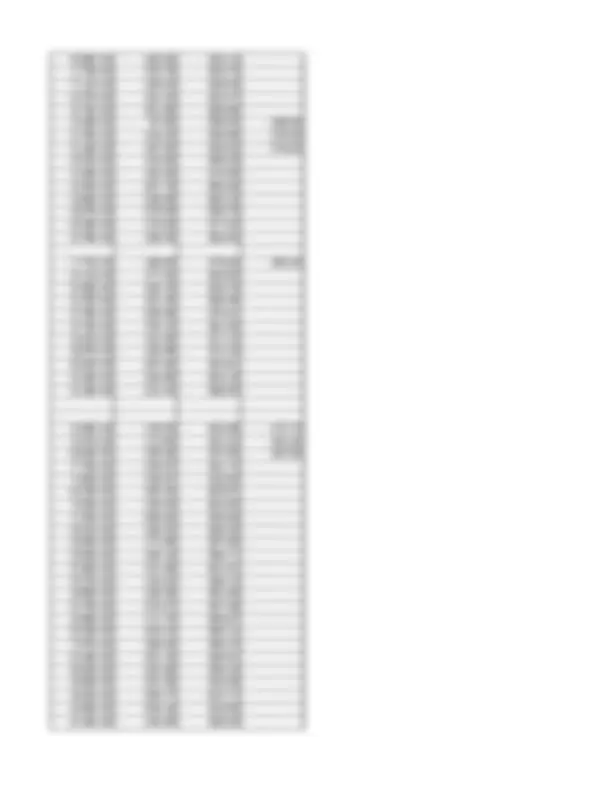
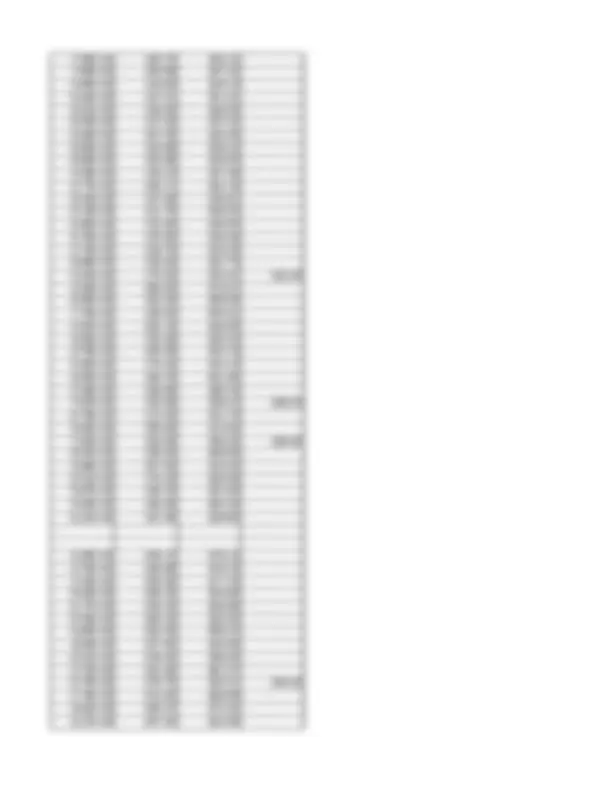
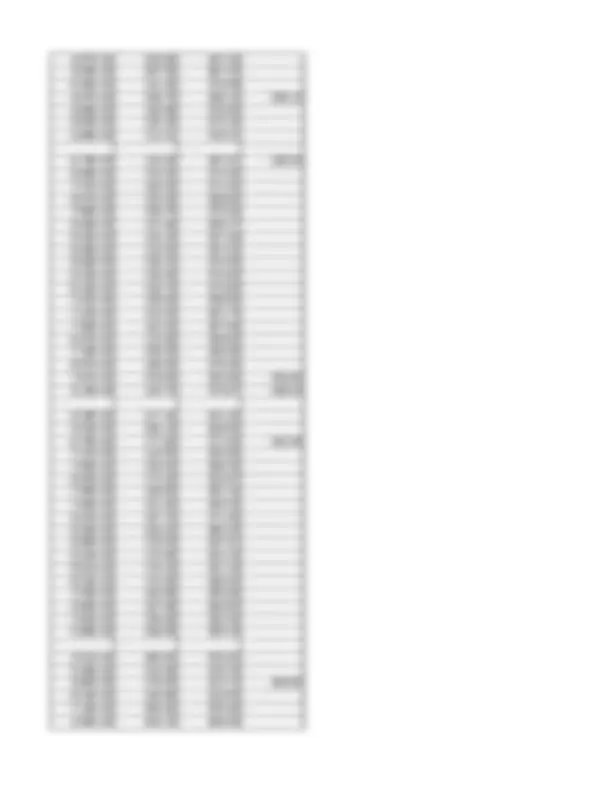
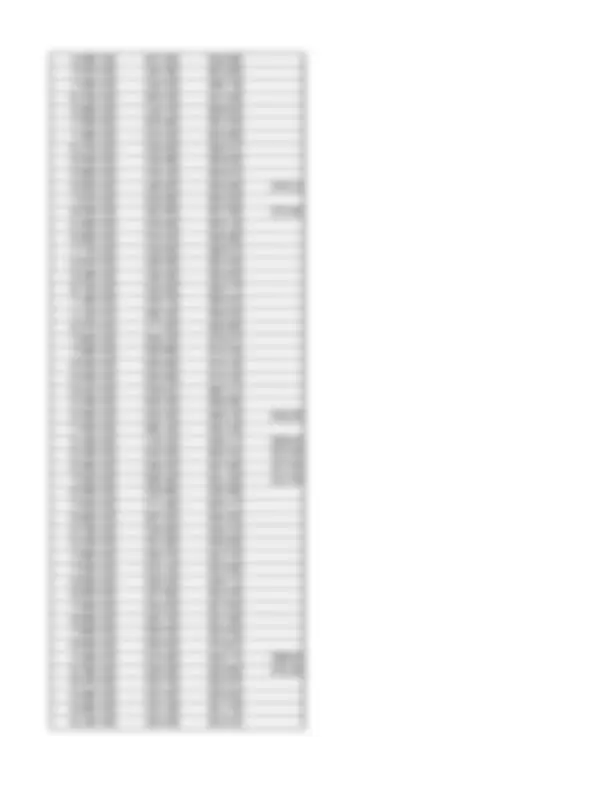
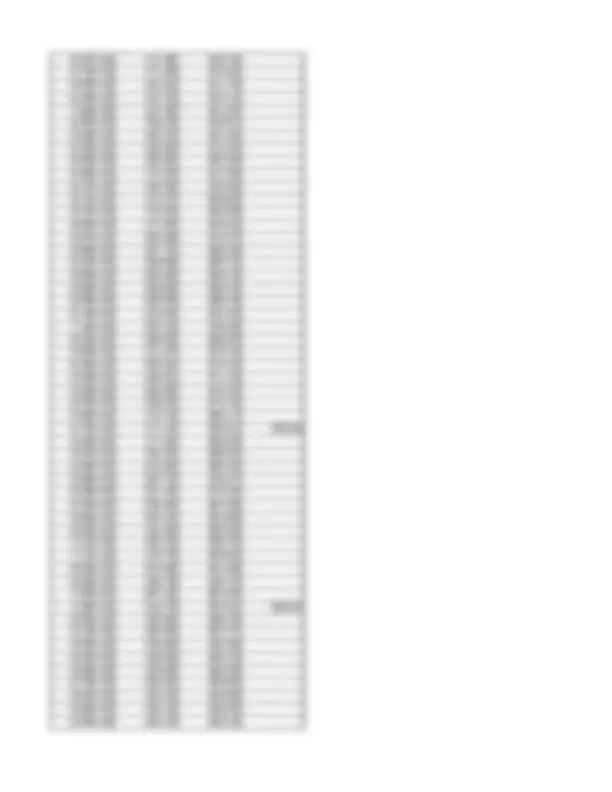
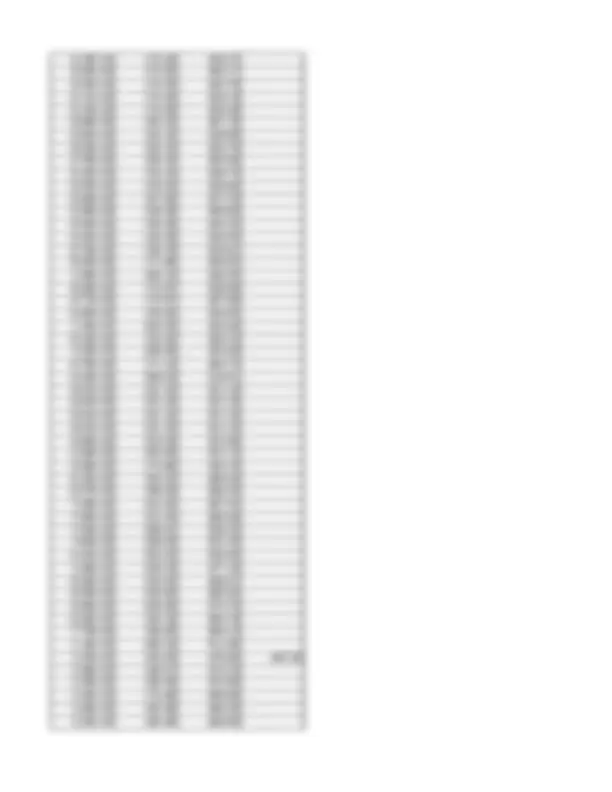
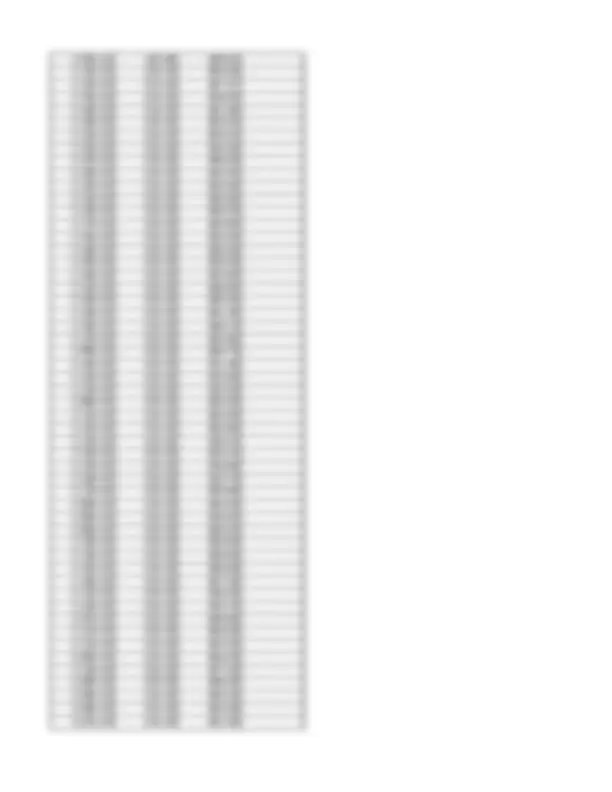
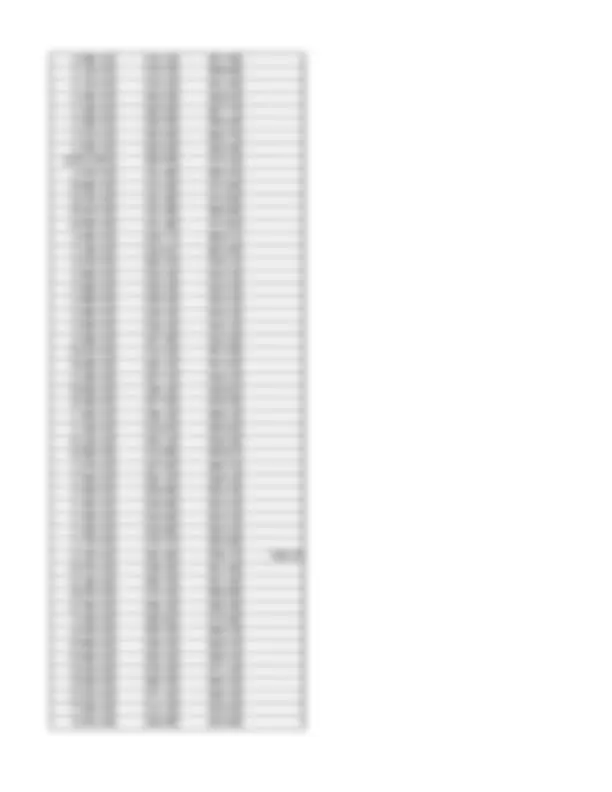
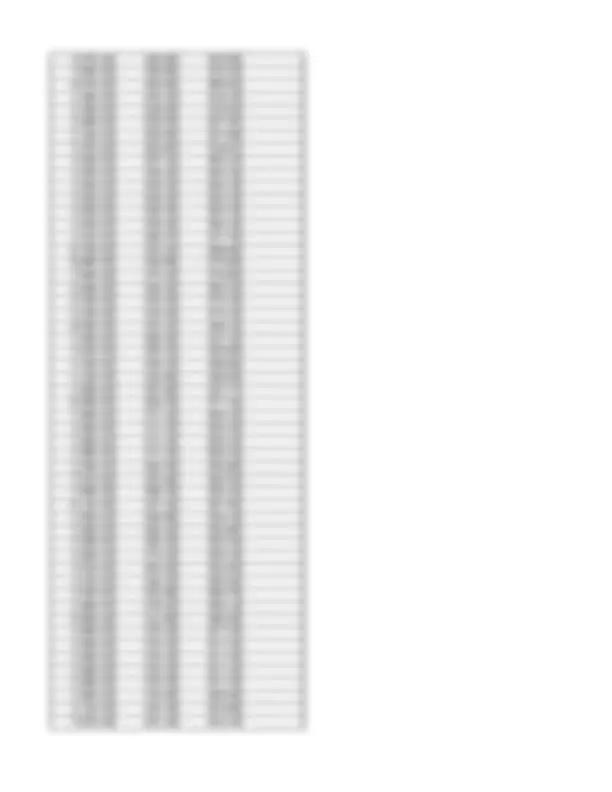
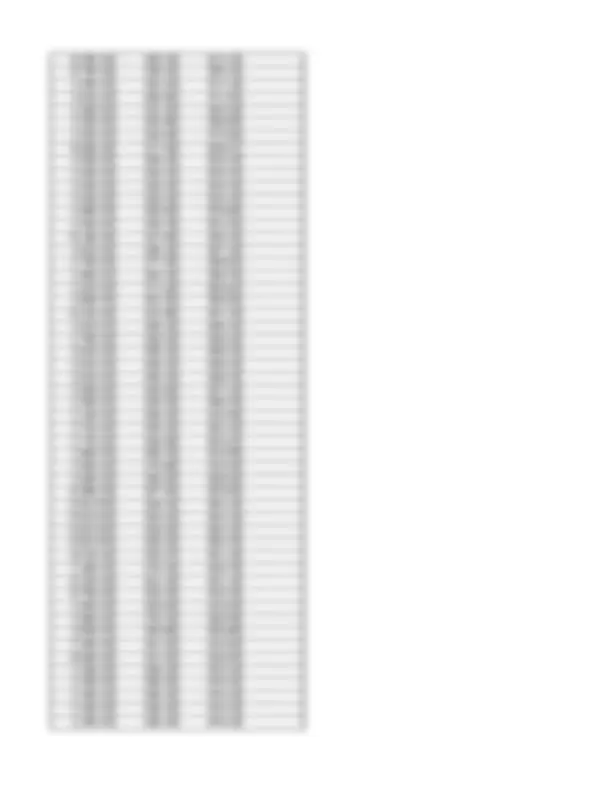
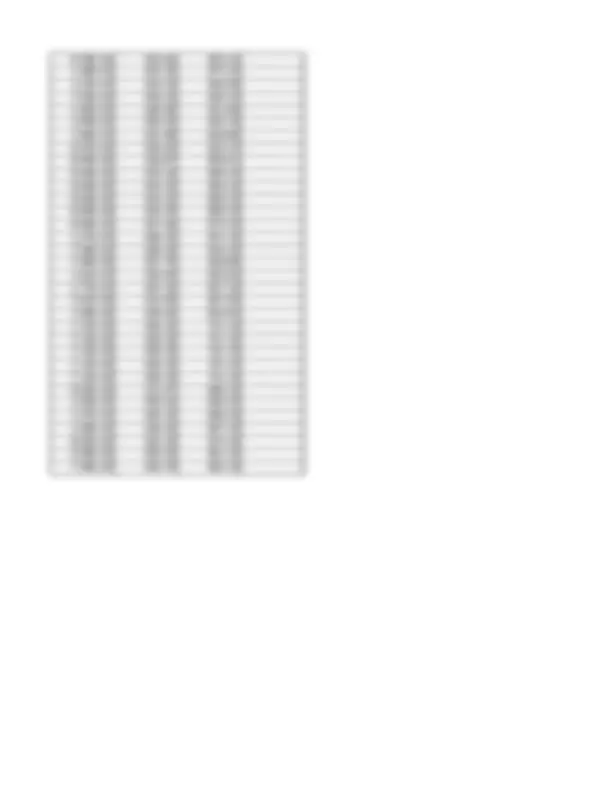
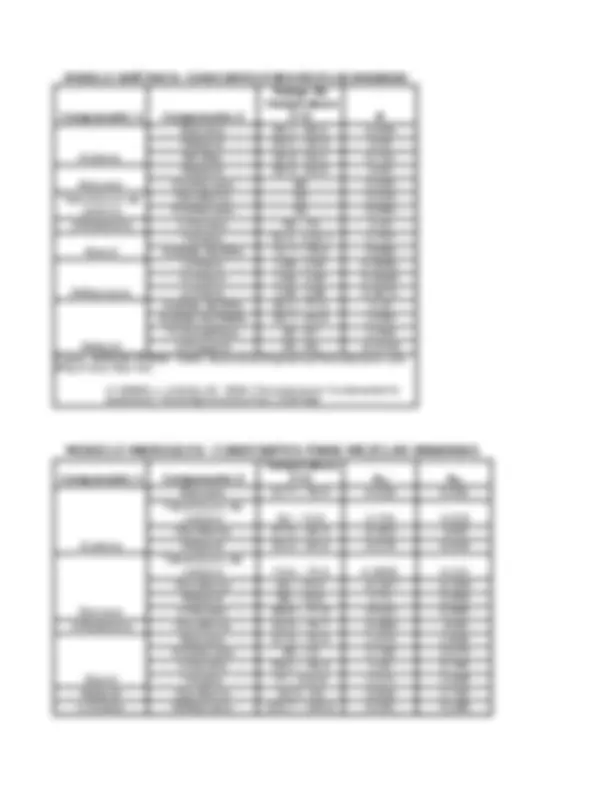
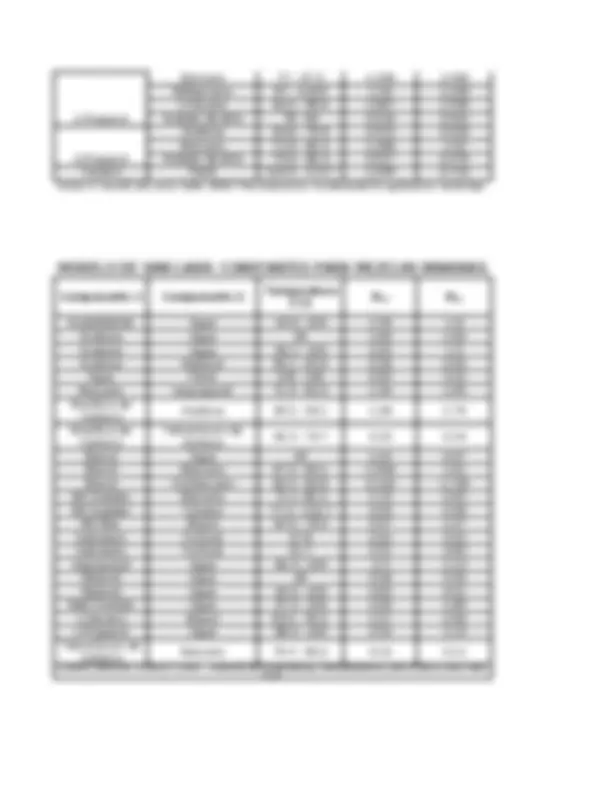
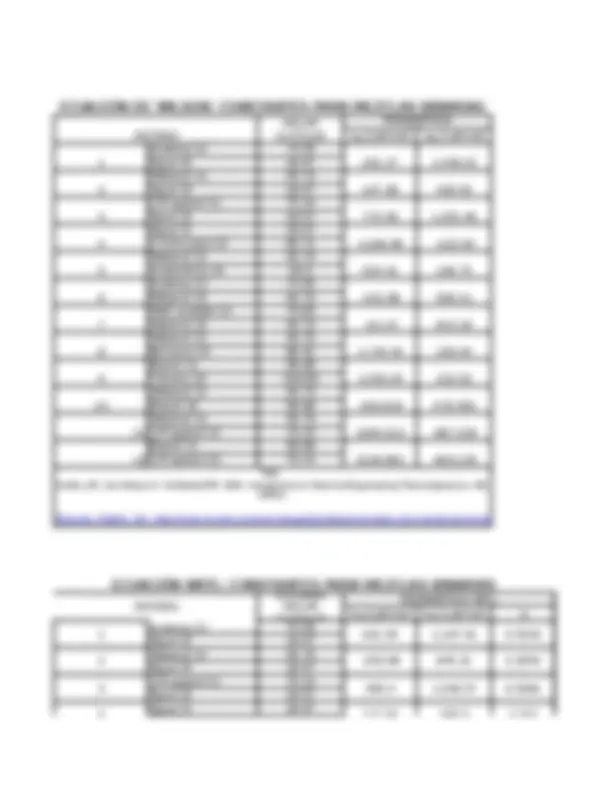
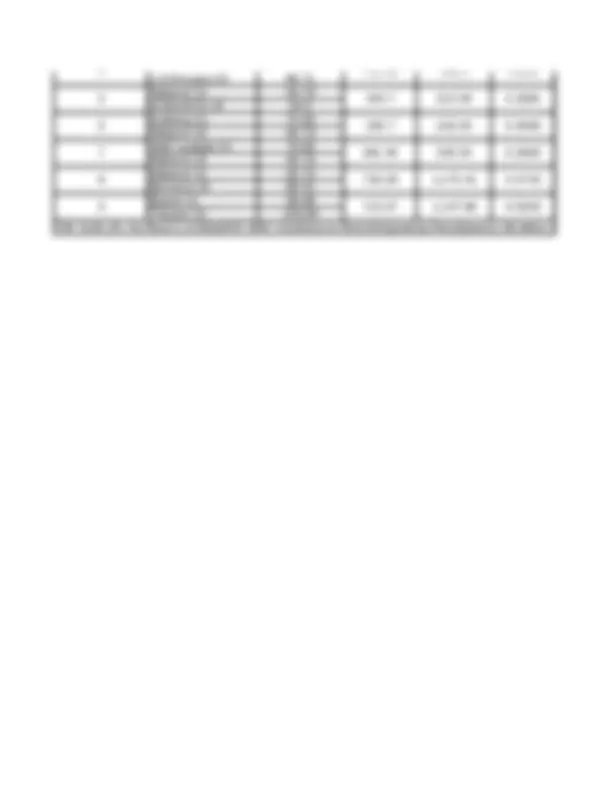


Study with the several resources on Docsity

Earn points by helping other students or get them with a premium plan


Prepare for your exams
Study with the several resources on Docsity

Earn points to download
Earn points by helping other students or get them with a premium plan
Community
Ask the community for help and clear up your study doubts
Discover the best universities in your country according to Docsity users
Free resources
Download our free guides on studying techniques, anxiety management strategies, and thesis advice from Docsity tutors
Effective communication is a critical skill in the workplace, enabling individuals to convey information, collaborate with colleagues, and resolve conflicts. The key aspects of workplace communication, including the importance of active listening, clear and concise language, nonverbal cues, and adapting communication styles to different audiences. It also discusses the challenges of communication in diverse and remote work environments, and provides strategies for improving communication skills to enhance productivity, teamwork, and professional development. By understanding the principles of effective communication, individuals can strengthen their ability to navigate the complexities of the modern workplace and contribute to the success of their organization.
Typology: Cheat Sheet
1 / 62

This page cannot be seen from the preview
Don't miss anything!























































T = 50 °C <---- Ingrese temperatura No. = 45 <---- Ingrese No. de Sustancia Sustancia = C2H2CL2 1,1-dichloroethene A B C Constantes = 6.9722 1099.4 237. Valor Calculado: Pvap = 1393.82 mmHg Tmin Pvap = 1.85827 bar - BASES DE DATOS No. SUSTANCIA FORMULA A B C 1 carbon-tetrachloride CCL4 6.8941 1219.58 227. 2 trichlorofluoromethane CCL3F 6.8843 1043.01 236. 3 dichlorodifluoromethane CCL2F2 6.68619 782.072 235. 4 chlorotrifluoromethane CCLF3 6.35109 522.061 231. 5 carbon-tetrafluoride CF4 6.9723 540.5 260. 6 carbon-monoxide CO 6.2402 230.27 260. 7 carbon-dioxide CO2 9.8106 1347.79 273 8 carbonyl-sulfide COS 6.90723 804.48 250 9 carbon-disulfide CS2 6.9419 1168.62 241. 10 chloroform CHCL3 6.9371 1171.2 227 11 dichlorofluoromethane CHCL2F 6.97575 996.267 234. 12 chlorodifluoromethane CHCLF2 6.7577 740.39 231. 13 trifluoromethane CHF3 7.0886 705.33 249. 14 triiodomethane CHI3 6.59598 1567.8 204 15 isothiocyanic-acid CHNS 0 0 0 16 dichloromethane CH2CL2 7.0803 1138.91 231. 17 chlorofluoromethane CH2CLF 6.20452 740.39 231. 18 difluoromethane CH2F2 7.1389 821.7 244. 19 diiodomethane CH2I2 6.94246 1567.8 204 20 formaldehyde CH2O 7.1561 957.24 243. 21 formic-acid CH2O2 7.3779 1563.28 247. 22 bromomethane CH3BR 6.9597 986.59 238. 23 chloromethane CH3CL 6.9944 902.45 243. 24 fluoromethane CH3F 7.0976 740.22 253. 25 iodomethane CH3I 6.988 1146.34 236. 26 nitromethane CH3NO2 7.044 1291 209. 27 methyl-nitrite CH3NO2 0 0 0 log 10 Pvap = A - [ B / (T °C + C )] mmHg
Tmax 32 °C Tmin Tmax -20 101 -33 27 -119 - -150 - -180 - -210 - -119 - -111 - -45 69 -13 97 -91 9 -48 - -128 - 137 254 0 0 -44 59 -55 12 -82 - 83 232 -88 - -2 136 -58 53 -93 - -132 - -13 52 5 136 0 0 Gases and Liquids". 5th edition.